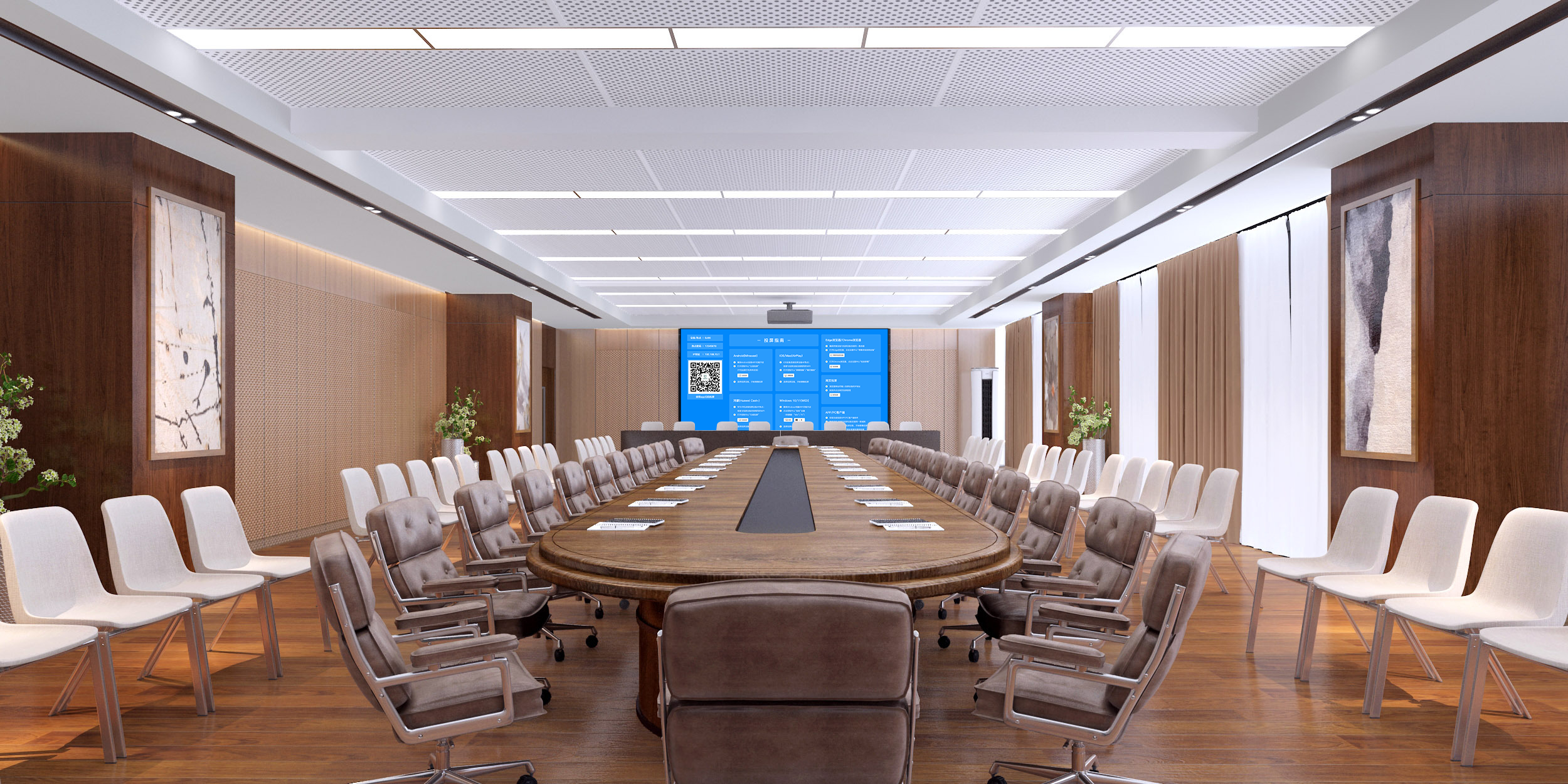Wireless Screen Mirroring: Cordless & Efficient Display Solution
Designed specifically to break free from cable constraints, the wireless screen mirroring solution is compatible with multiple terminals such as mobile phones, computers, and tablets. It enables content to be displayed on large screens without plugging in cables, featuring simple operation and stable transmission. Covering scenarios including office meetings, teaching interactions, and home entertainment, it allows content from small screens to “wirelessly leap” to large screens.
Full Compatibility with Multiple Devices, Zero Connection Barrier
It supports smooth connection with Android/iOS mobile phones, Windows/macOS computers, and tablets:
- No additional apps need to be installed. Mobile phones can use system-native functions (Android’s “Wireless Projection”, Apple’s “Screen Mirroring”); computers can connect via the system’s “Projection” function or QR code pairing.
- Connection is completed in 2-3 seconds, as simple as connecting to WiFi.
Both new and old devices are compatible—even old mobile phones and classic laptops can achieve stable screen mirroring, with no restrictions based on brand, model, or system version. It supports over 95% of mainstream devices.
HD Stable Transmission, Uncompromised Experience
It supports 1080P HD screen mirroring, and some devices are compatible with 4K ultra-HD:
- When casting meeting PPTs, text remains sharp and non-blurry, with key annotations clearly visible.
- When casting 4K short videos or movies, images are delicate and colors are naturally reproduced.
Transmission latency is as low as 25ms, ensuring precise audio-video synchronization. When playing dynamic courseware or product demo videos, there is no screen trailing or lag, and zero misalignment between sound and image. Issues like “delayed operation” or “audio-video desynchronization” are avoided, and the display effect is comparable to wired screen mirroring.
Multi-Scenario Adaptation, Functions Tailored to Needs
1. Office Meeting Scenarios
Supports “many-to-one” and “one-to-many” casting: Multiple devices can take turns mirroring to display plans, eliminating the need for repeated cable plugging and unplugging. During discussions, key points can be marked directly on the large screen, with annotations synchronized back to the mirroring device. After the meeting, annotations can be saved with one click to avoid missing key ideas, increasing meeting decision-making efficiency by 40%.
2. Teaching Interaction Scenarios
Teachers can cast courseware from mobile phones/tablets, and flip pages or circle key knowledge points with their fingertips anywhere in the classroom—changes are synchronized to the large screen. Students can cast assignments or research reports to the large screen for sharing, allowing the whole class to review and comment together. This makes classroom interaction more active and knowledge transfer more intuitive.
3. Home Entertainment Scenarios
Cast movies or variety shows from mobile phones to TVs for a more immersive viewing experience. When gathering with relatives and friends, multiple people can take turns casting photos or short videos—no more crowding around small screens. When kids have online classes, cast the tablet screen to the TV to maintain a safe viewing distance and protect their eyesight; parents can also check their learning status at any time.
Administrators can set screen mirroring permissions via the backend to specify which devices are allowed to mirror, preventing interference from irrelevant content. They can also remotely check device operation status and troubleshoot anomalies promptly, without on-site maintenance. No complex wiring is required—devices can be used once connected to the same network, ensuring hassle-free daily management. Whether for enterprises, schools, or families, this solution enables cordless and efficient screen mirroring.
